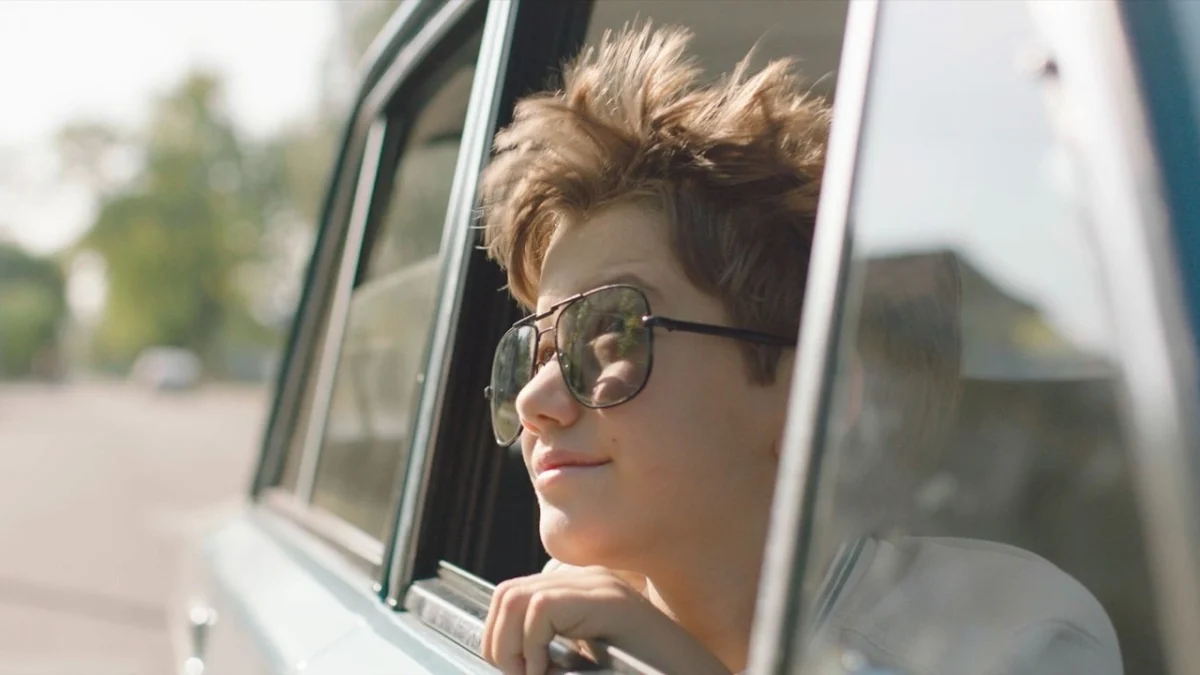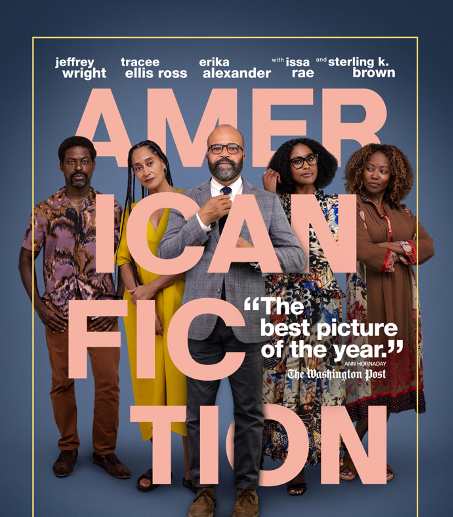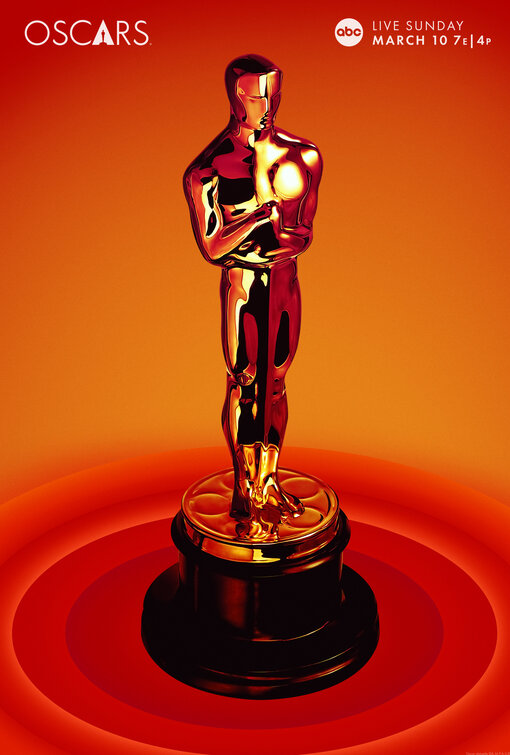
Destruction is necessary for creation. Art comes at a price. This is the lesson of debut director John Krokidas’ “Kill Your Darlings,” which takes Faulkner’s philosophy of artistic ruthlessness to a murderous extreme. The title of “Kill Your Darlings” comes from a famous piece of writing advice from William Faulkner, advising writers to “kill your darlings,” to mercilessly remove any unnecessary pieces of one’s work, no matter how much the writer may be attached to them. But in the film “Kill Your Darlings,” it’s not just unnecessary words that are getting cut.
The film opens on a young Allen Ginsberg (Daniel Radcliffe) entering Columbia University as a freshman in 1944. A self-proclaimed “poet” who has yet to write a single word, Ginsberg is taken under the wing of the worldly, charismatic Lucien Carr (Dane DeHaan). Carr introduces him to his Bohemian circle of friends, including William Burroughs (Ben Foster) and Jack Kerouac (Jack Houston). As these young men try to create a new literary movement, the murder of Carr’s mentor and lover Kammerer both traumatizes and inspires them all.
Krokidas has chosen to focus on the legendary Allen Ginsberg – a fortunate decision for the audience. Radcliffe delivers an excellent nuanced performance, comfortably wearing the role of a man who is not yet uncomfortable in his own skin. But while Ginsberg is the protagonist, the film also floats continuously between the perspectives of the entire main ensemble.
Using the camera to his advantage, cinematographer Reed Morano makes the audience acutely aware of the limits of restricted narration. The film is shot in shallow focus so that most objects in the frame become blurry. Even subjects in the foreground fall out of focus because of the motion of the handheld camera. In “Kill Your Darlings,” vision is unreliable and the truth hovers, indistinguishable, on the periphery.
Krokidas’ film is a coming-of-age story, filtered through the uncertain, dizzy perspective of male adolescents. Ginsberg, Carr, Kerouac and Burroughs have all begun to realize the scope of their own talents, but in the moment of this film, they’re all still a bunch of immature young adults. Their world is a boy’s club. Women rarely enter the picture, and when they do, they fall into one of three narrow categories: nagging wife (Kerouac’s girlfriend Edie, a squandered Elisabeth Olson), burdensome lunatic (Ginsberg’s mother, played by Jennifer Jason Leigh) or sexy-hungry bimbo (a ravenous Barnard student).
At times, “Darlings” seem to channel classic cinematic coming-of-age tales. In one scene, Ginsberg, Carr and Burroughs cannibalize copies of literary classics with scissors and nail them to the walls in an effort to create a neo-Dadaist masterpiece. Shredded paper floats through the air like cinders. The boys transform their formal clothes into tribal costumes, wrapping ties around their heads. Ginsberg and Carr cut their palms and press them together to perform a ceremony of blood brotherhood. Despite the urban setting, this could be a scene straight out of “Stand By Me” or “Lord of the Flies.” They are boys, but they will become men after undergoing the literal trial brought on by Carr’s murder of Kammerer.
The death of Kammerer becomes the locus of mass-defloration in “Kill Your Darlings.” The scene in which Carr stabs Kammerer to death is intercut with Burroughs shooting heroine and Ginsberg losing his virginity – a Freudian theorist would have a field day with this movie. The moment of the killing is a collective loss of both sexual and moral innocence for the star writers. However, the film suggests that this crime is also fortunate fall. It portrays the murder as a rite of passage on the way to maturity.
The legitimacy and talent of the Beat Generation is never called into question. Whenever Ginsberg reads his work aloud, the swelling music lulls the audience into an awestruck stupor. We are supposed to take it for granted that these men are nascent geniuses. But their genius emerges because of an act of violent destruction, not glorious creation. The film ends with text explaining that the first major works by each of these writers was inspired by Kammerer’s death. Kerouac and Burroughs collaborate on a book based on the incident, while Ginsberg dedicates his first collection of poetry to Carr, the murderer. Ultimately, Krokidas suggests that Kammerer was a human sacrifice at the altar of the Beats’ brilliance His killing was an integral part of their evolution as artists.
But did it have to be? This conclusion forces the audience ask some difficult questions about the nature of inspiration. Early in the film, Kammerer (still alive) says of Ginsberg that he is nothing special yet, but “under the right circumstances, even he might change the world.” Is murder the “right circumstance” under which artistic perfection is achieved? What is the human cost of art? These questions are at once fascinating and horrifying – just like the film that forces us to ask them.
Yoshi Makishima can be reached at [email protected].












